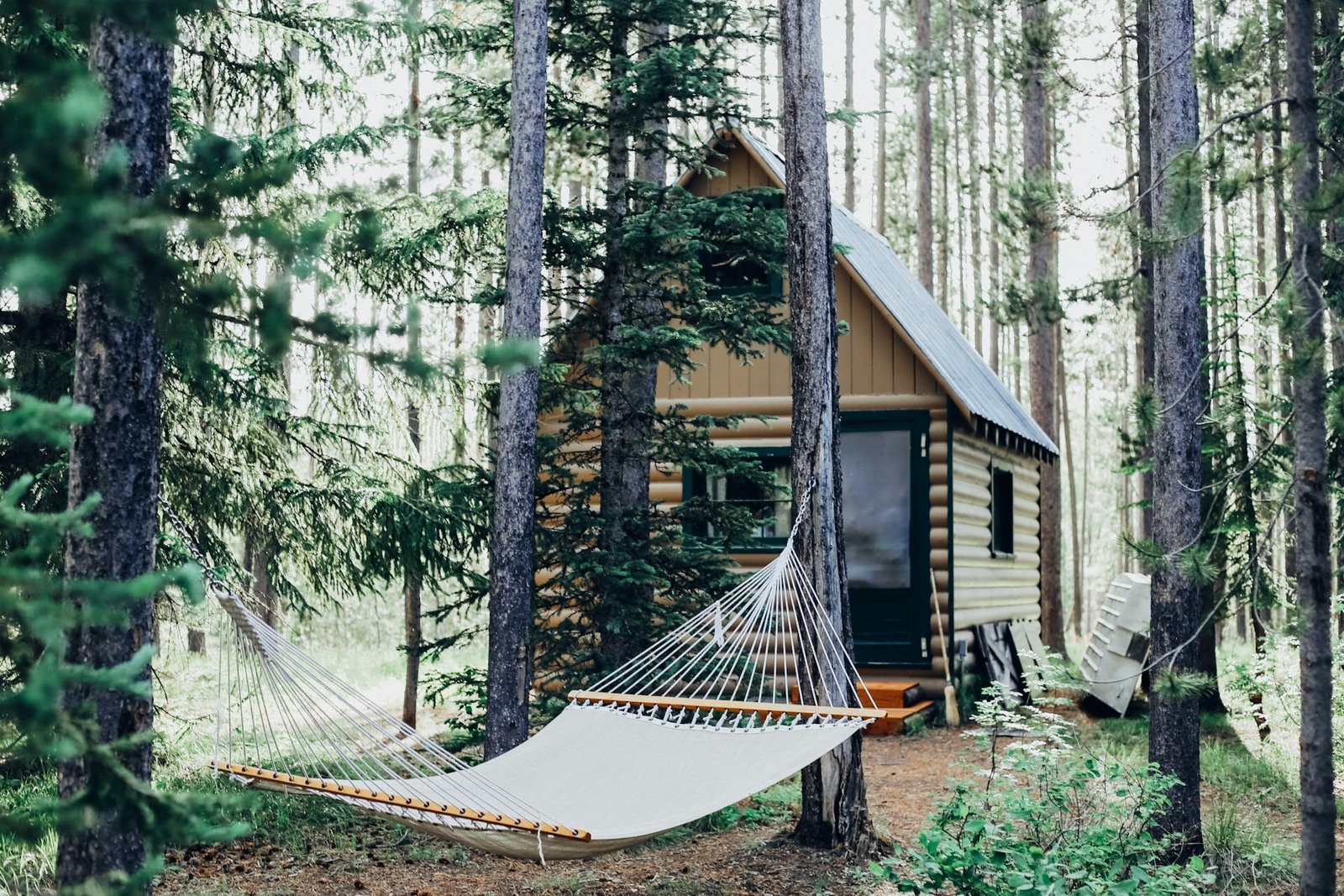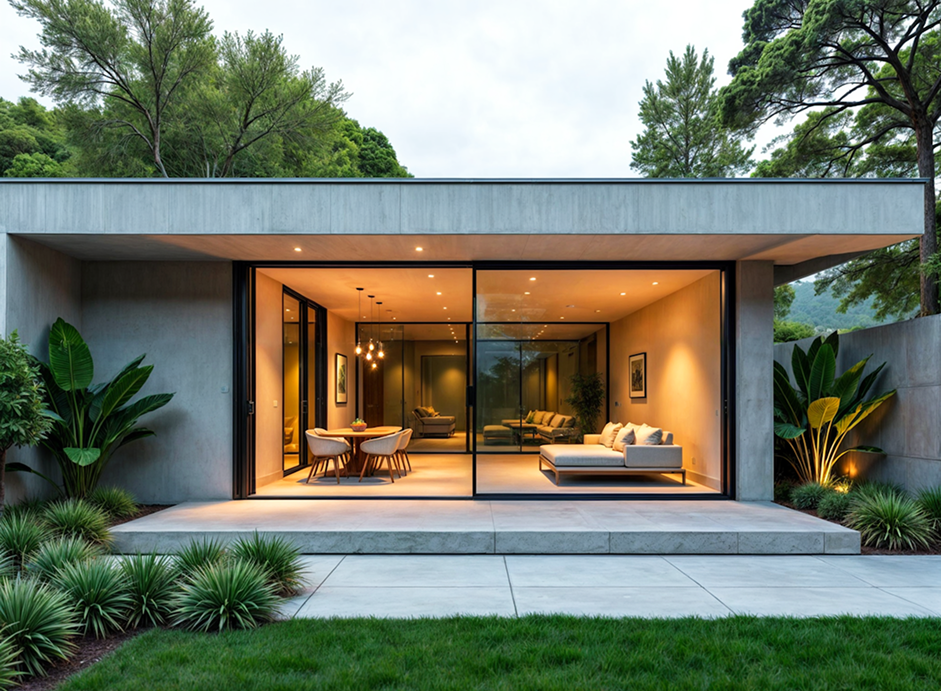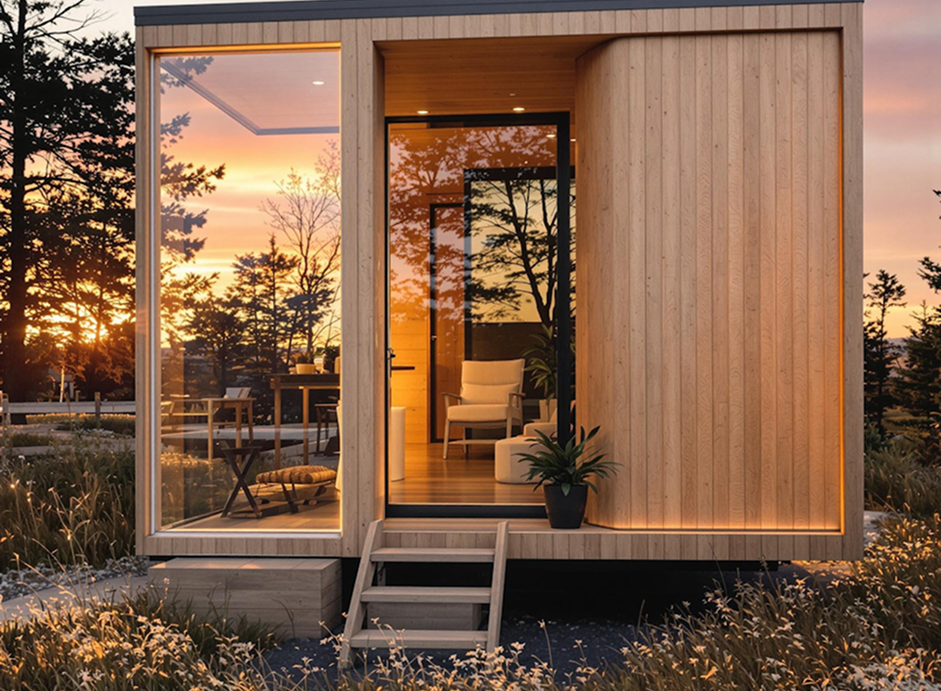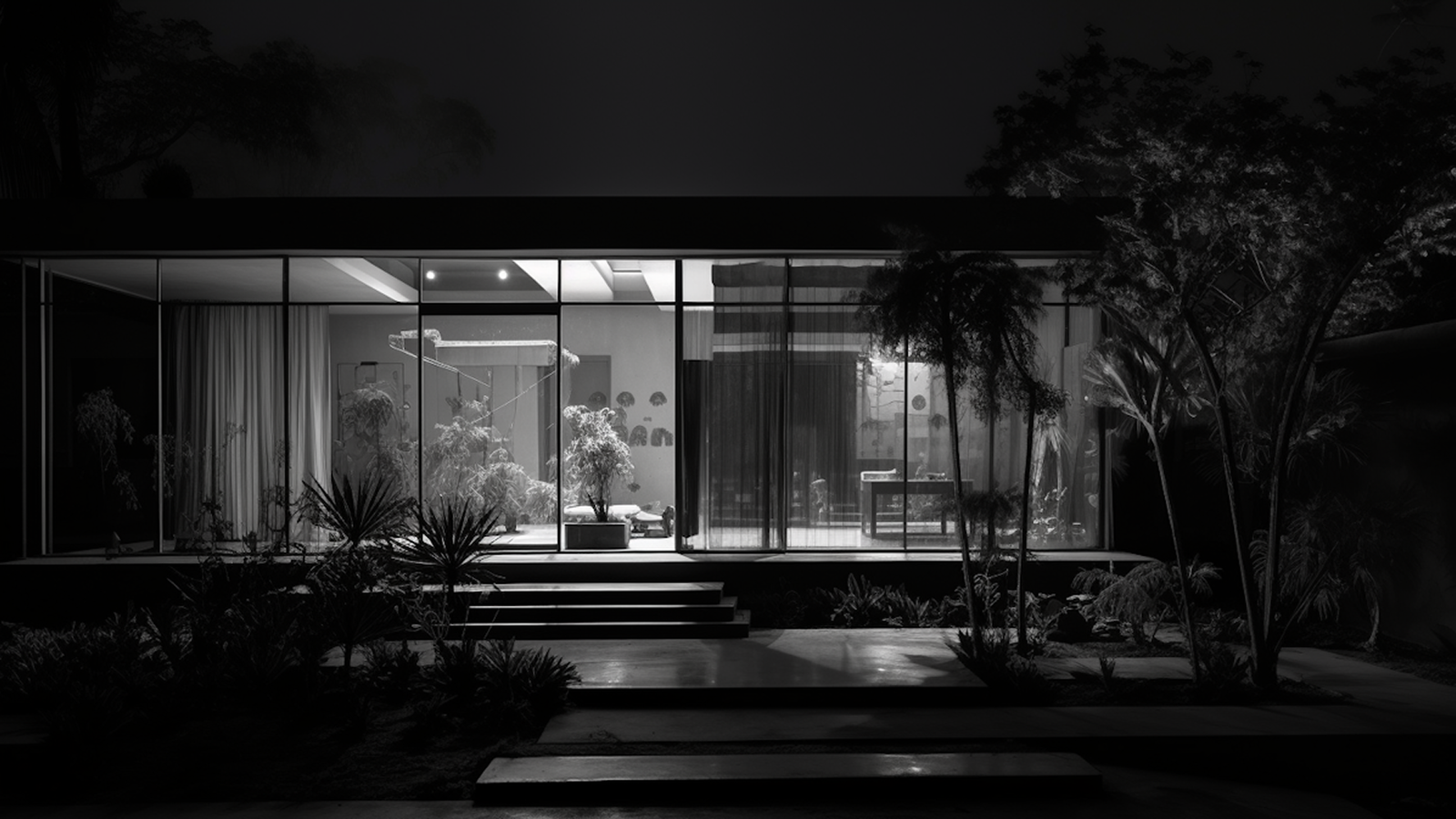- August 7, 2025
- Build Tips
In an age where sustainability and cost savings go hand in hand, designing an energy-efficient small home has become more than just a trend—it’s a smart lifestyle choice. Smaller homes not only reduce environmental impact but also promote a minimalist and intentional way of living. By combining clever architectural planning, energy-saving technology, and eco-friendly materials, you can create a compact space that is both comfortable and highly efficient.
The first step in designing such a home is thoughtful space planning. Every square foot matters, so layouts should maximize natural light, airflow, and functional living areas. Open-plan designs, multifunctional furniture, and strategic window placement can make a small home feel spacious while minimizing the need for artificial lighting and heating.
Insulation and building materials also play a critical role in energy efficiency. Choosing high-quality insulation, double-glazed windows, and energy-rated doors helps maintain indoor temperatures, reducing the need for excessive heating or cooling. Sustainable materials such as bamboo flooring, recycled wood, and low-VOC paints not only contribute to a healthier environment but also enhance the long-term durability of your home.
Incorporating renewable energy sources like solar panels or small wind turbines can significantly cut utility bills and reduce carbon footprints. Pairing these with energy-efficient appliances, LED lighting, and smart home systems ensures that electricity is used wisely and only when needed. Water conservation methods, such as rainwater harvesting and low-flow fixtures, further enhance your home’s sustainability.
Landscaping is another often-overlooked aspect of energy-efficient design. Native plants, shade trees, and green roofs can regulate temperatures naturally, reducing the demand on HVAC systems. Additionally, proper home orientation—positioning the house to take advantage of sunlight in winter and shade in summer—can make a remarkable difference in energy use.
The key is to keep only what you need and give every item a dedicated home. Similarly, organizing expert Marie Kondo reminds us, “A place for everything, and everything in its place.
Finally, the beauty of a small, energy-efficient home lies in its balance of comfort, affordability, and environmental responsibility. By making thoughtful design choices and investing in long-term sustainability features, you can enjoy a cozy living space that supports both your budget and the planet. Whether you’re building from scratch or renovating an existing property, an energy-conscious design ensures a better future for you and generations to come.
Tags:Weekend Escapes





“Such a thoughtful guide! These ideas make sustainable living feel achievable for everyone.”
“This is exactly the inspiration I needed for my tiny home project. Energy savings + cozy living = perfection!”
“Love how you’ve combined style with sustainability! Great tips for making small homes eco-friendly without compromising comfort.”